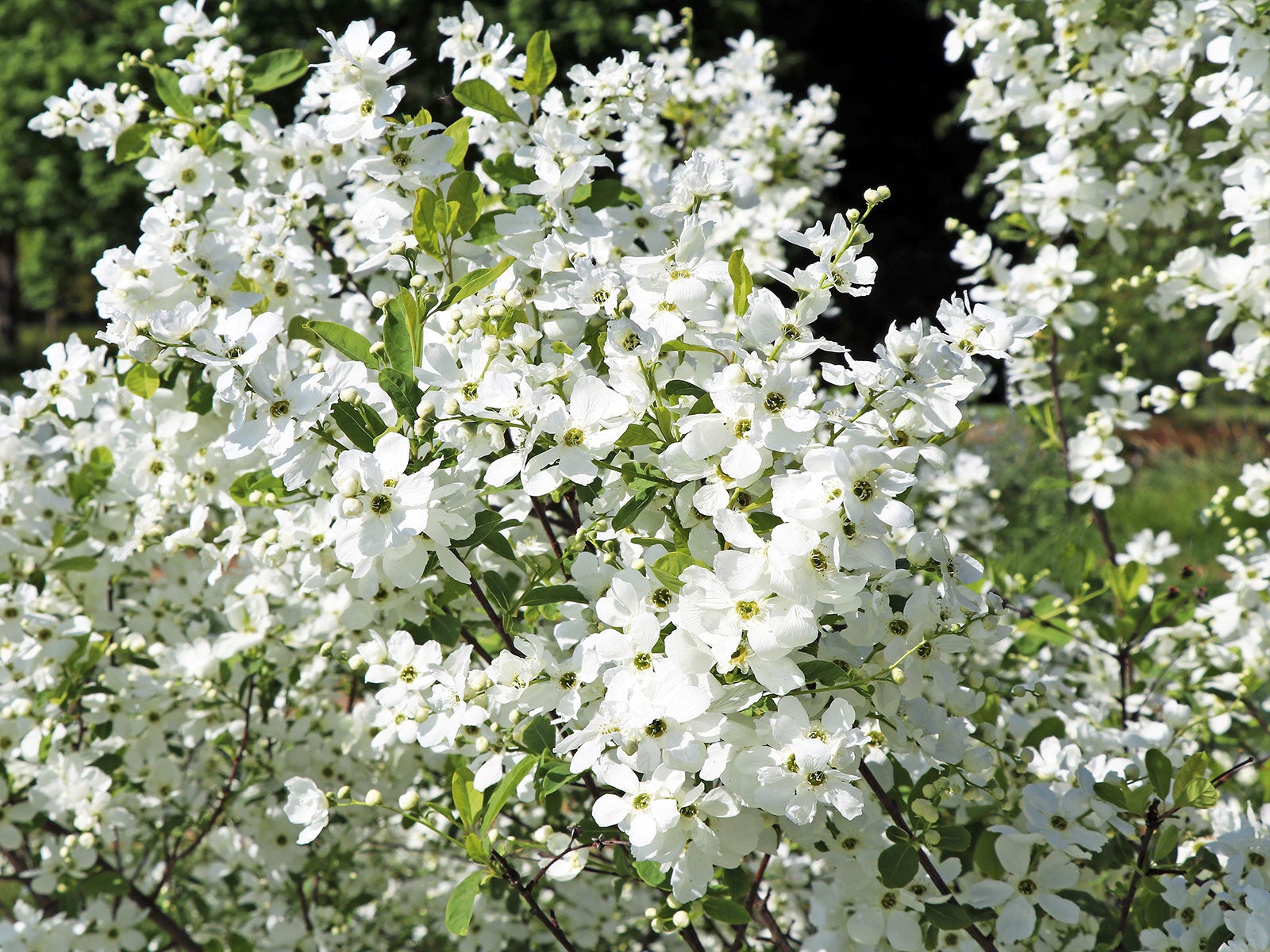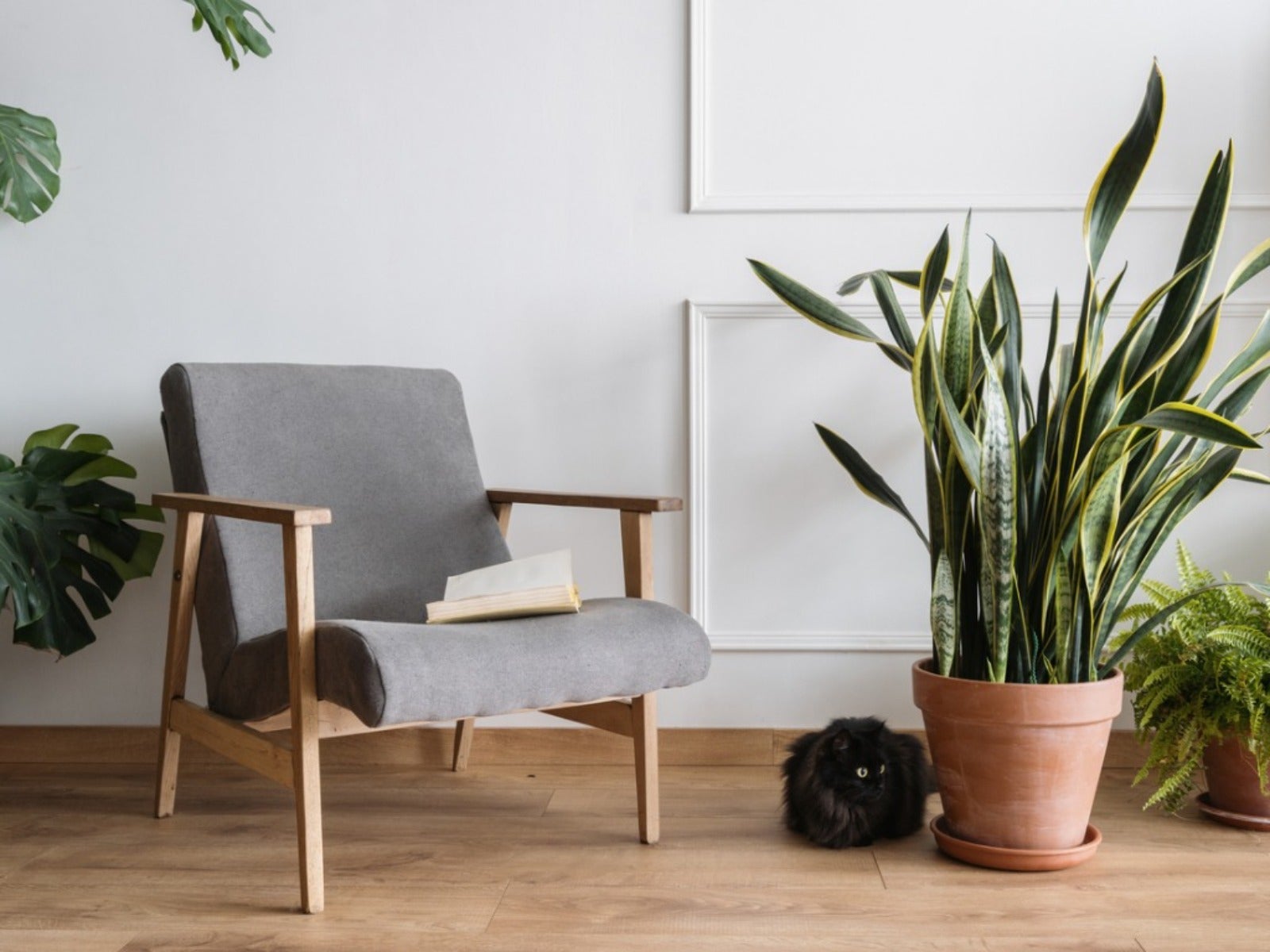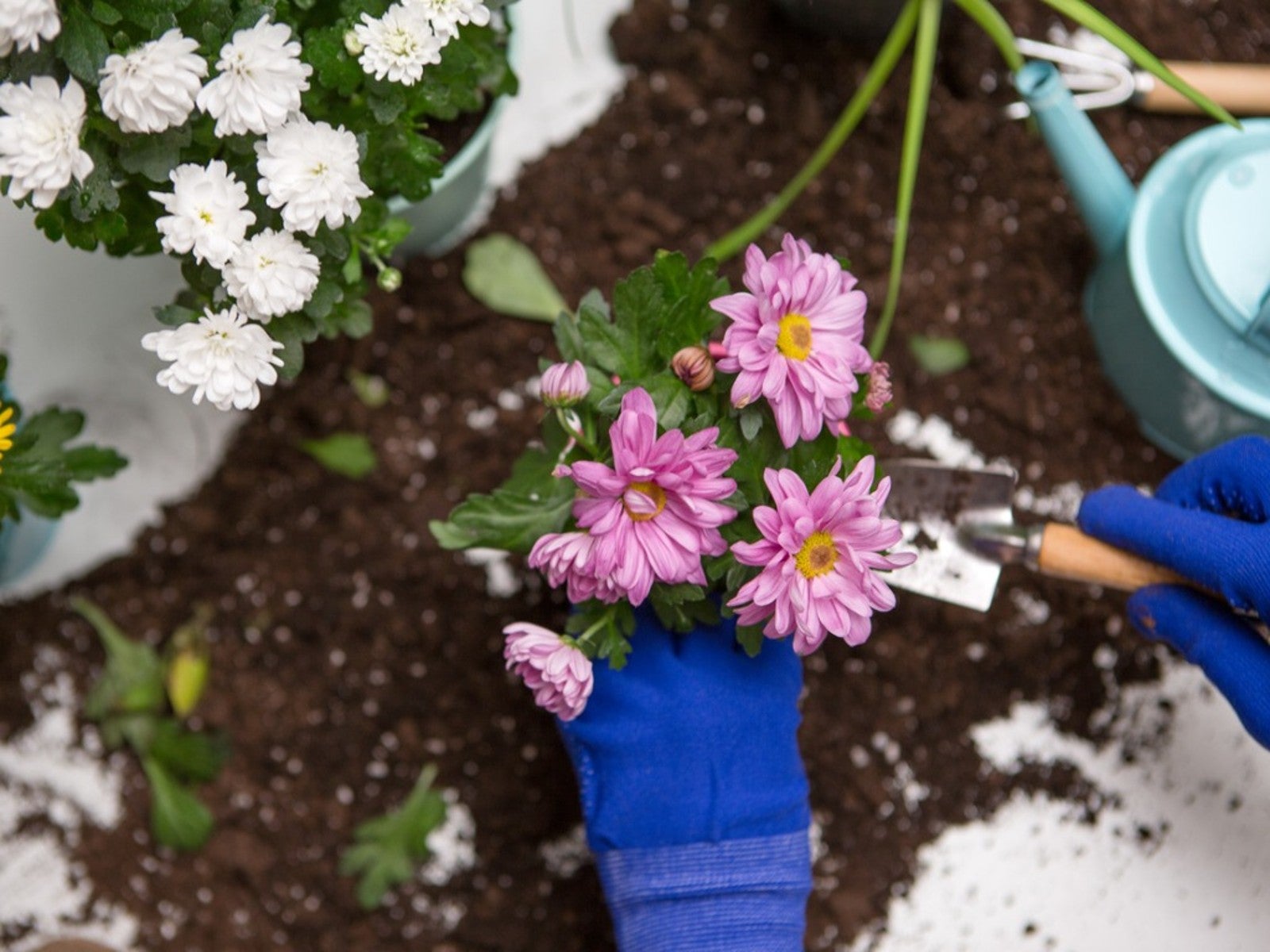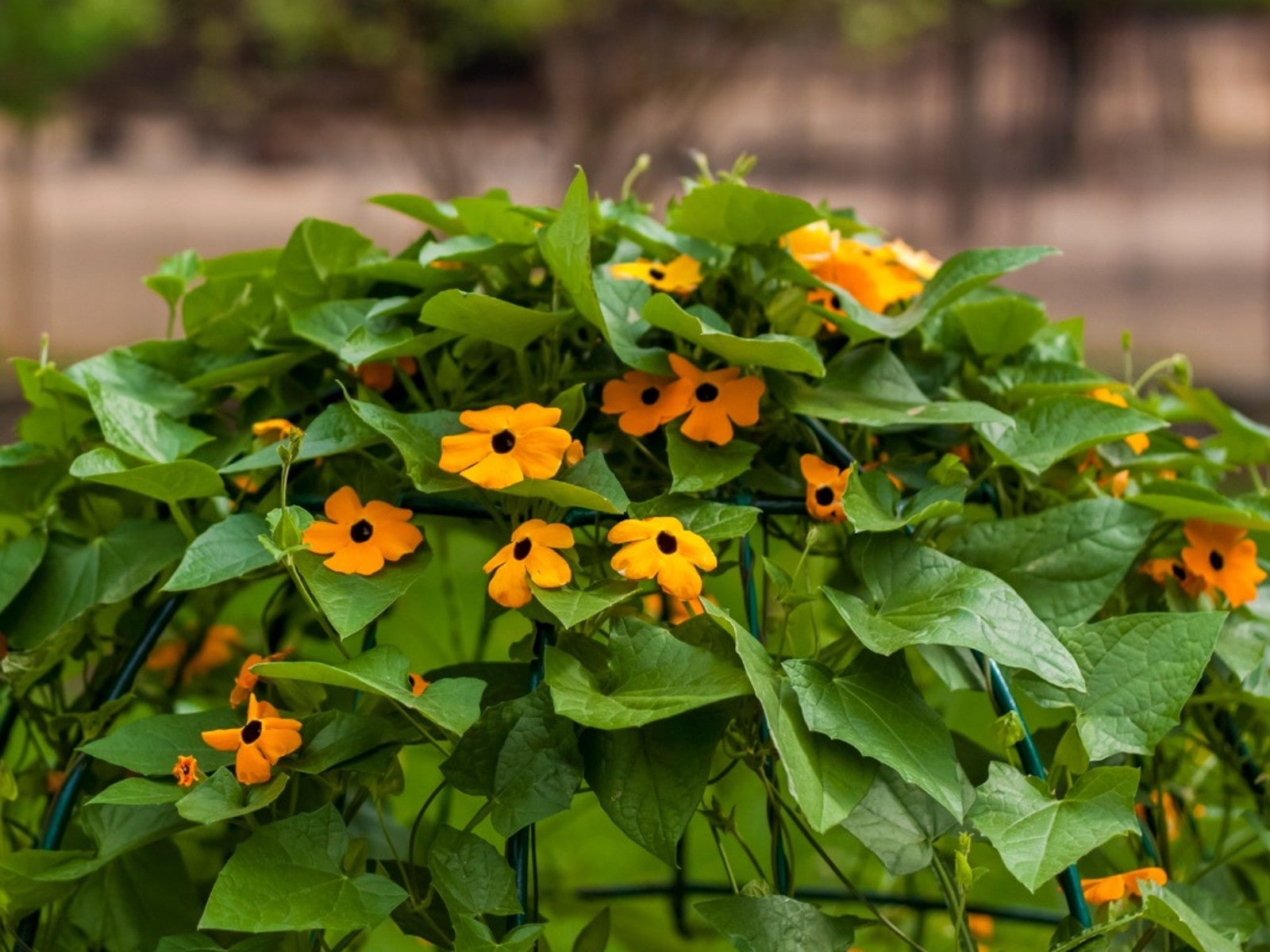Problems
If only things could always go right in the garden. The fact of the matter is, sometimes they don't. Pests, disease, environmental hazards and more can strike your plants. Learn what they are and how to prevent them here.
Explore Problems
Editor's Picks
-
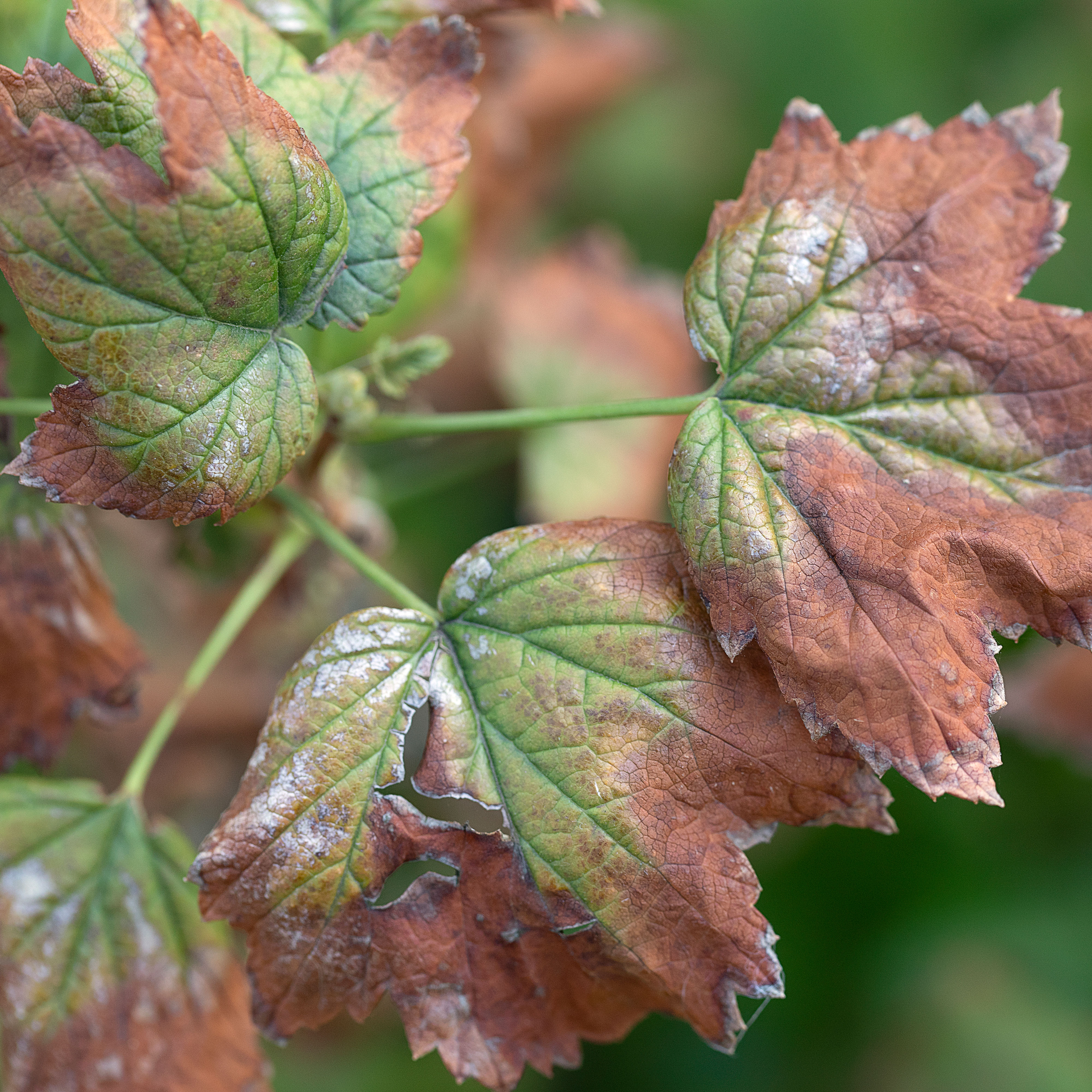
Do You Know The Most Common Garden Plant Diseases? 5 Problems You Need To Avoid
Don’t let your precious crops and ornamentals fall victim to garden ailments! We show you how to identify and hopefully prevent 5 common garden plant diseases
By Tonya Barnett
-
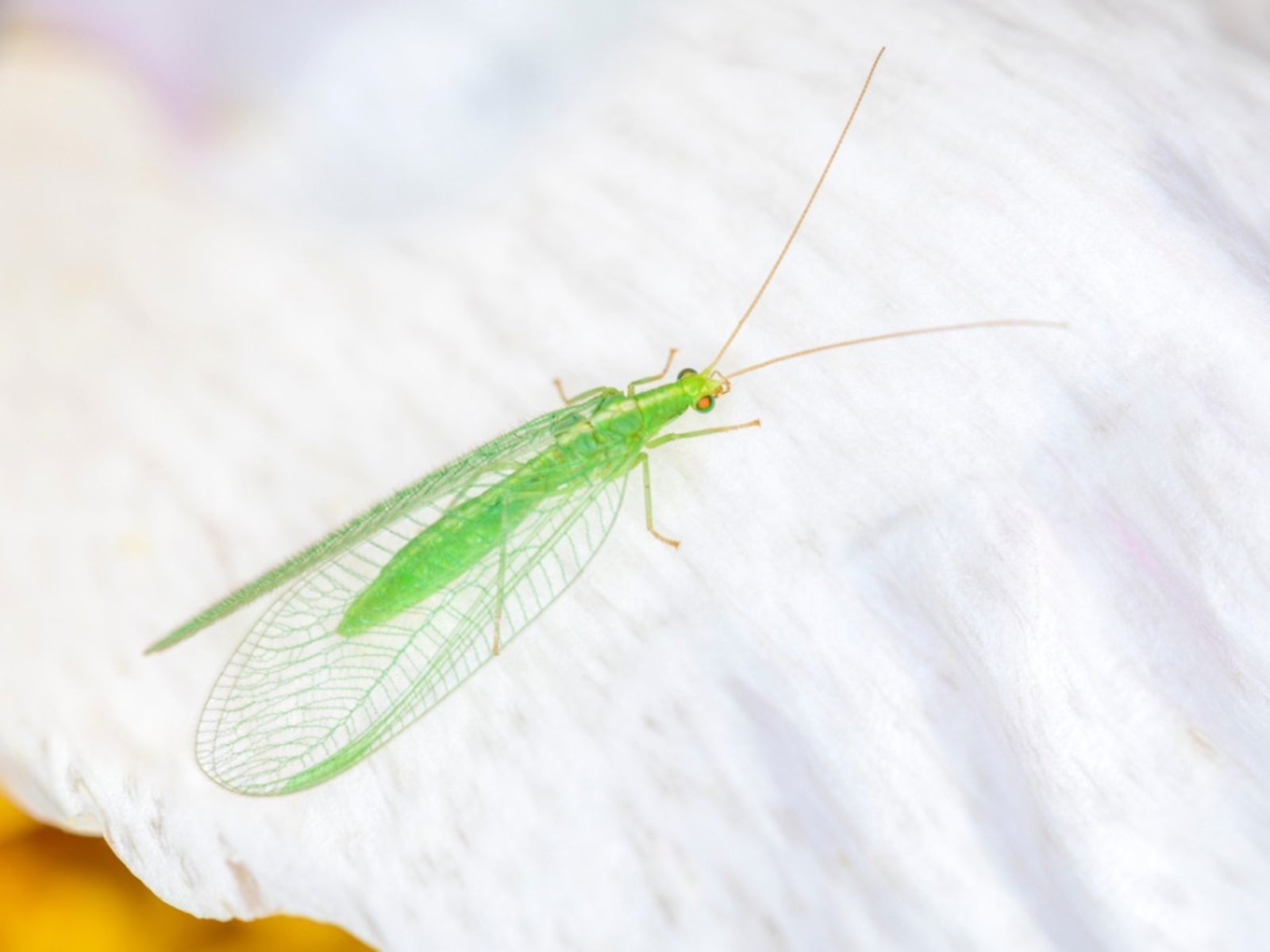
10 Beneficial Insects You Should Invite Into Your Garden – To Prevent Pests & Help Plants
Roll out your garden’s welcome mat for 10 of the most beneficial insects and bugs. They are expert pollinators and some even provide pest control.
By Bonnie L. Grant
-
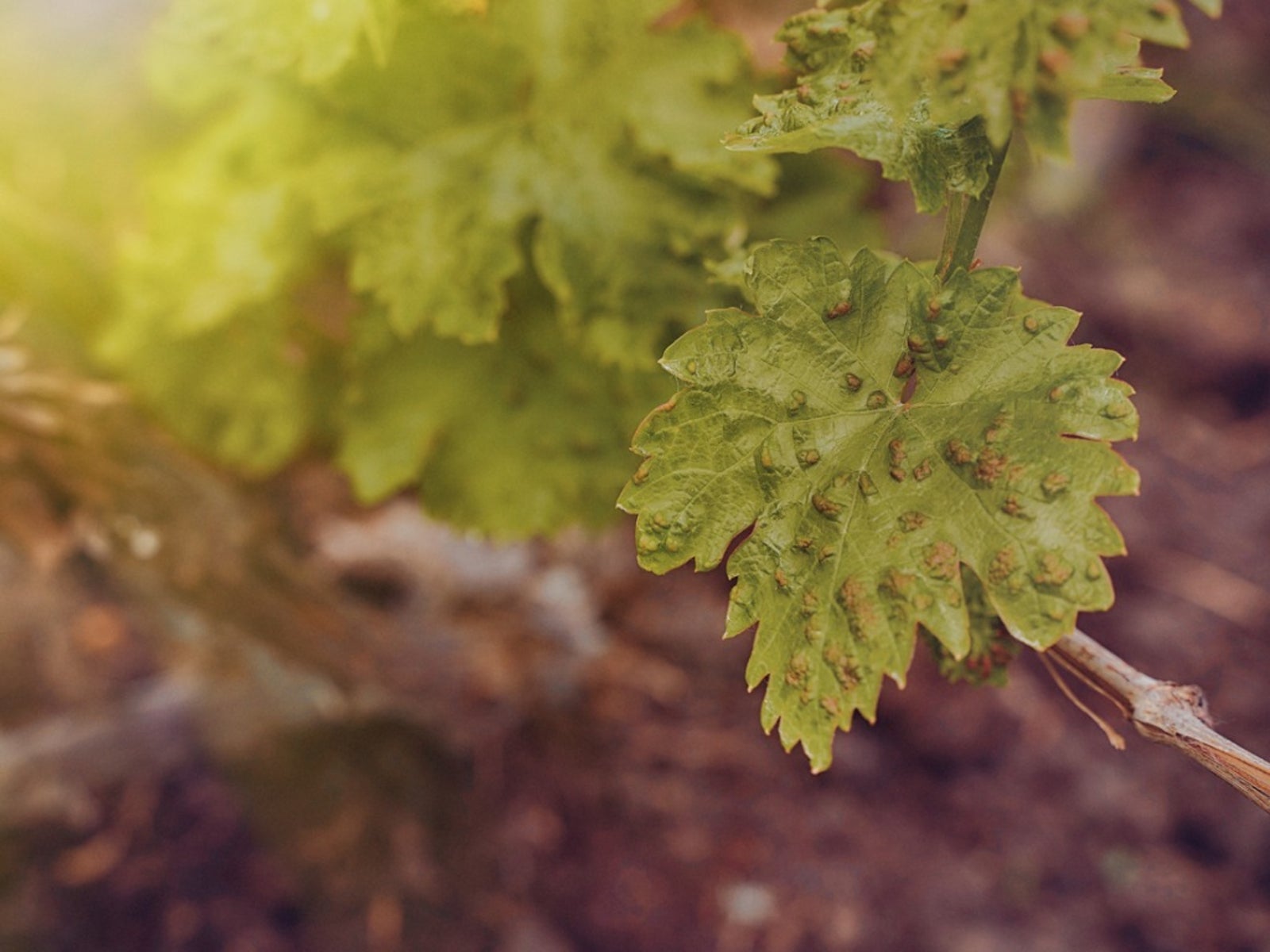
Anthracnose: How To Identify, Prevent, And Treat The Fungal Disease
Identifying it is the first step toward anthracnose treatment. Treating those nasty spots with fungicide, proper irrigation, and garden cleanup can help.
By Teo Spengler
-
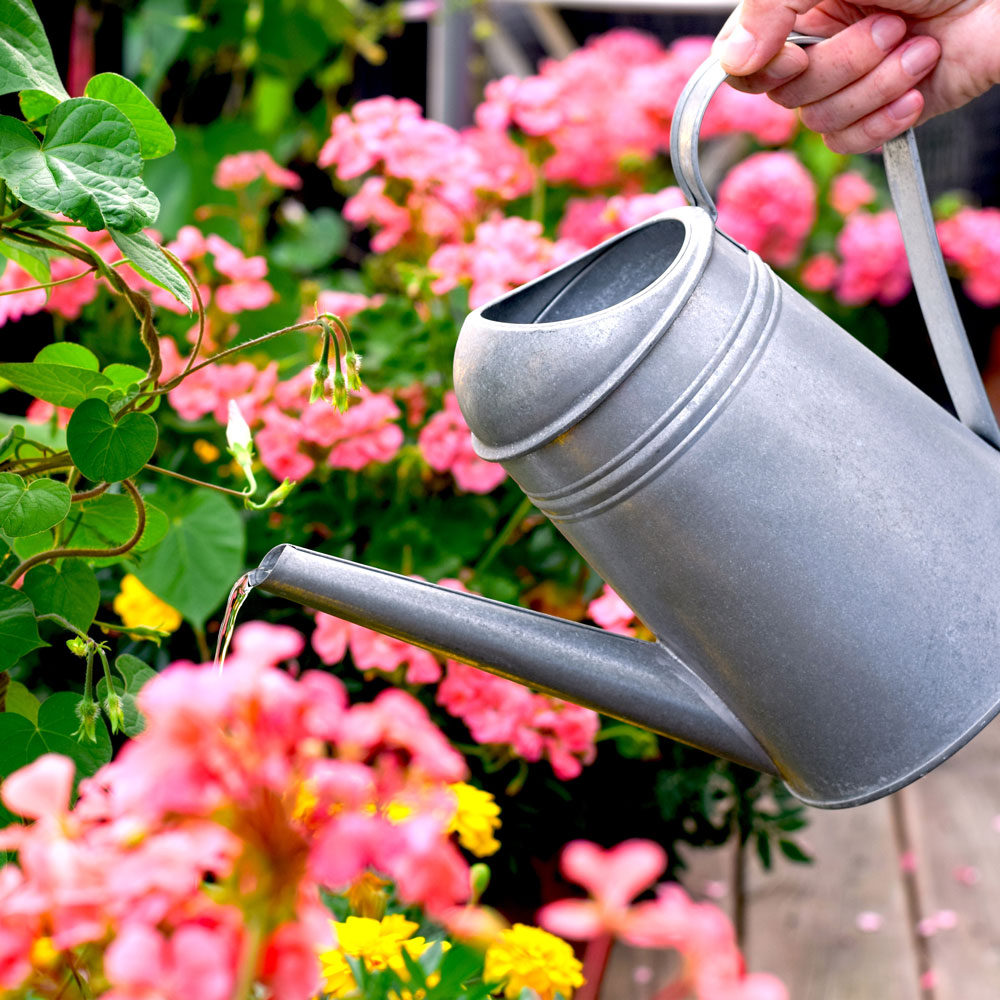
Worst Time To Water Plants: Don’t Make These Common Timing Mistakes When Watering!
Good watering isn’t just about knowing how, but when. We figure it’s just as important to know the worst time to water plants – so here are the big moments to avoid!
By Amy Grant
-
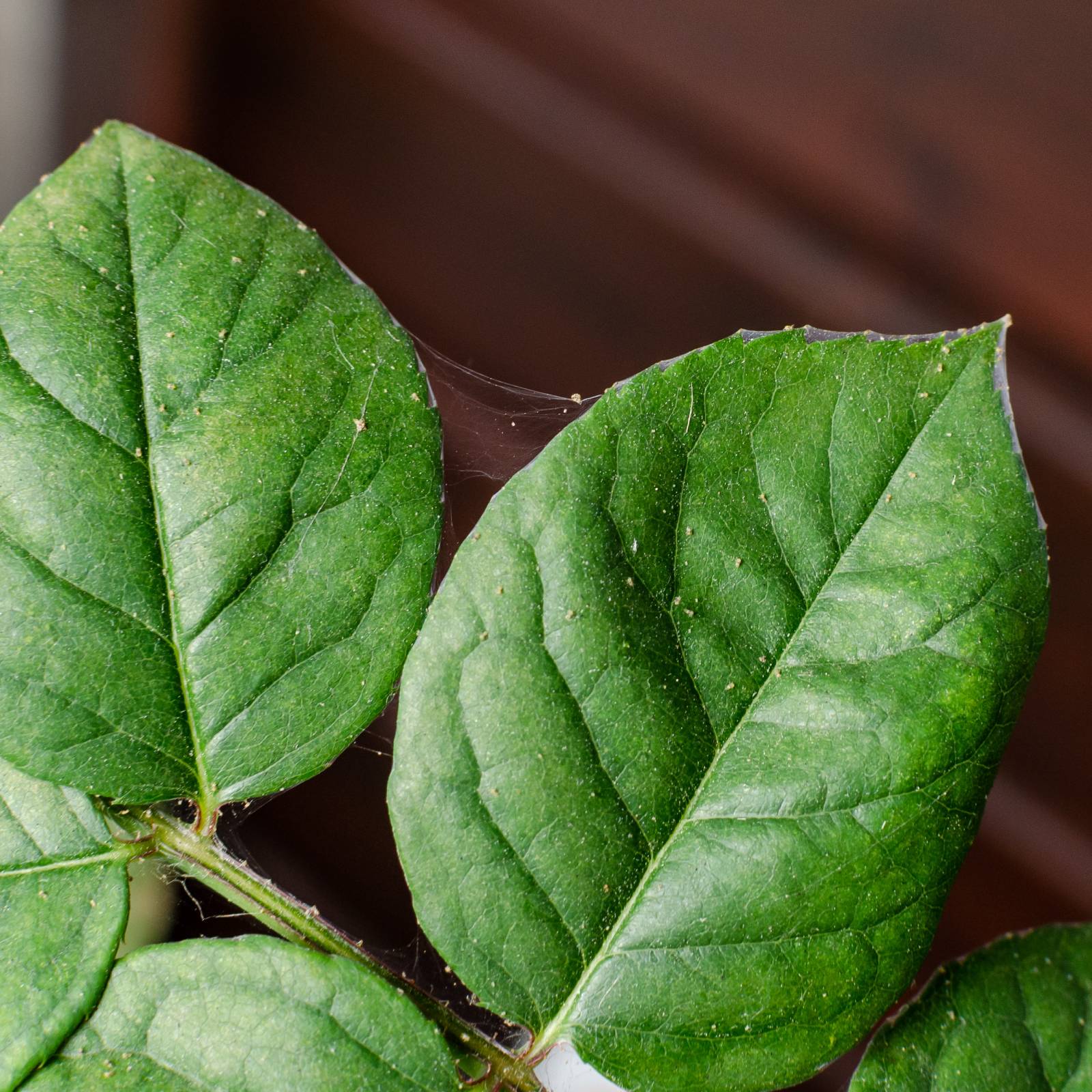
Spider Mites: What Are They And How To Get Rid Of Them
Spider mites are a common pest of plants and cause damage by sucking plant juices from the leaves. They can be controlled with natural and chemical means.
By Susan Albert
-
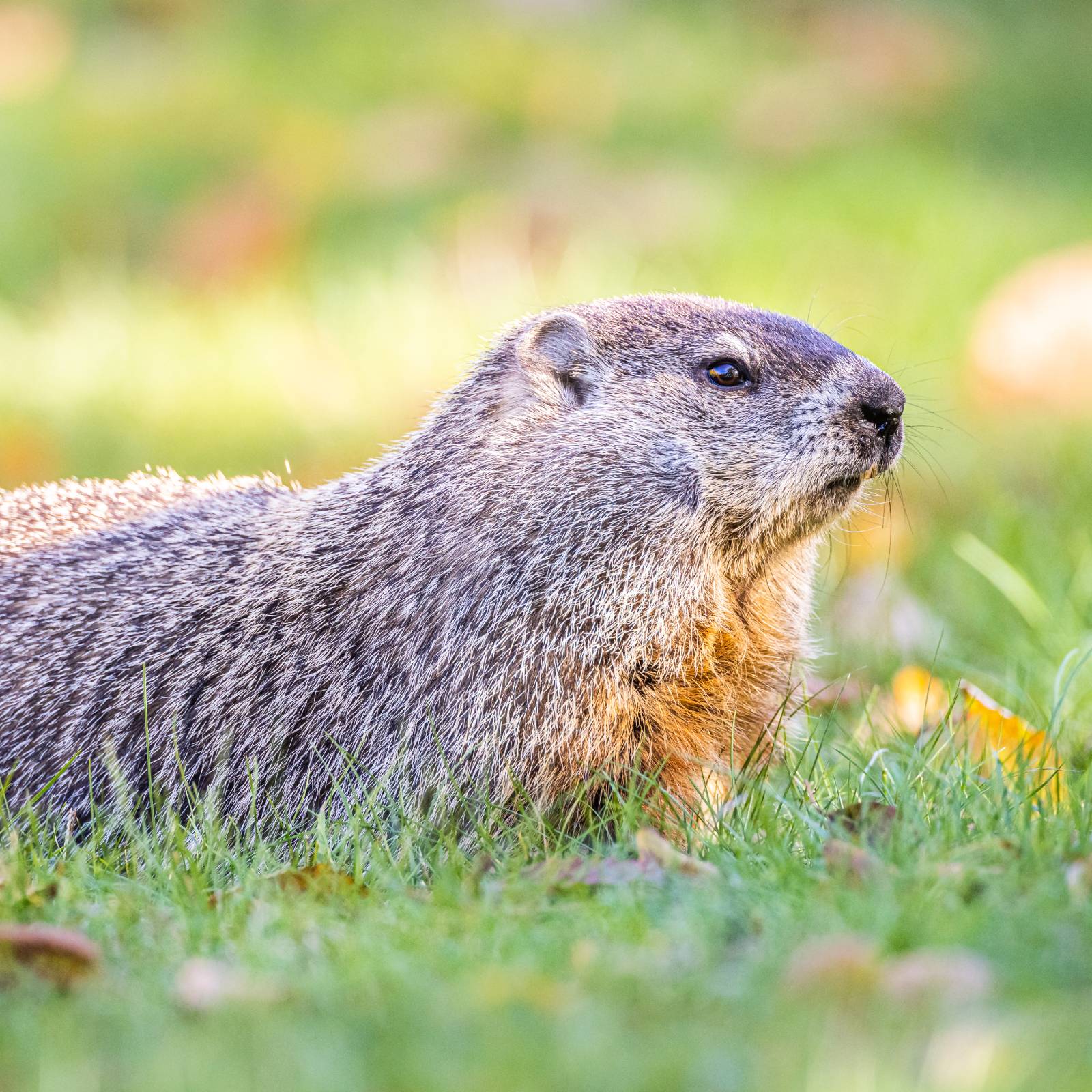
What Is Groundhog Day? Why We Celebrate A Furry Garden Pest
What is Groundhog Day and why do we continue to honor this tradition every February? Maybe because it’s a great reason for a celebration!
By Susan Albert
-
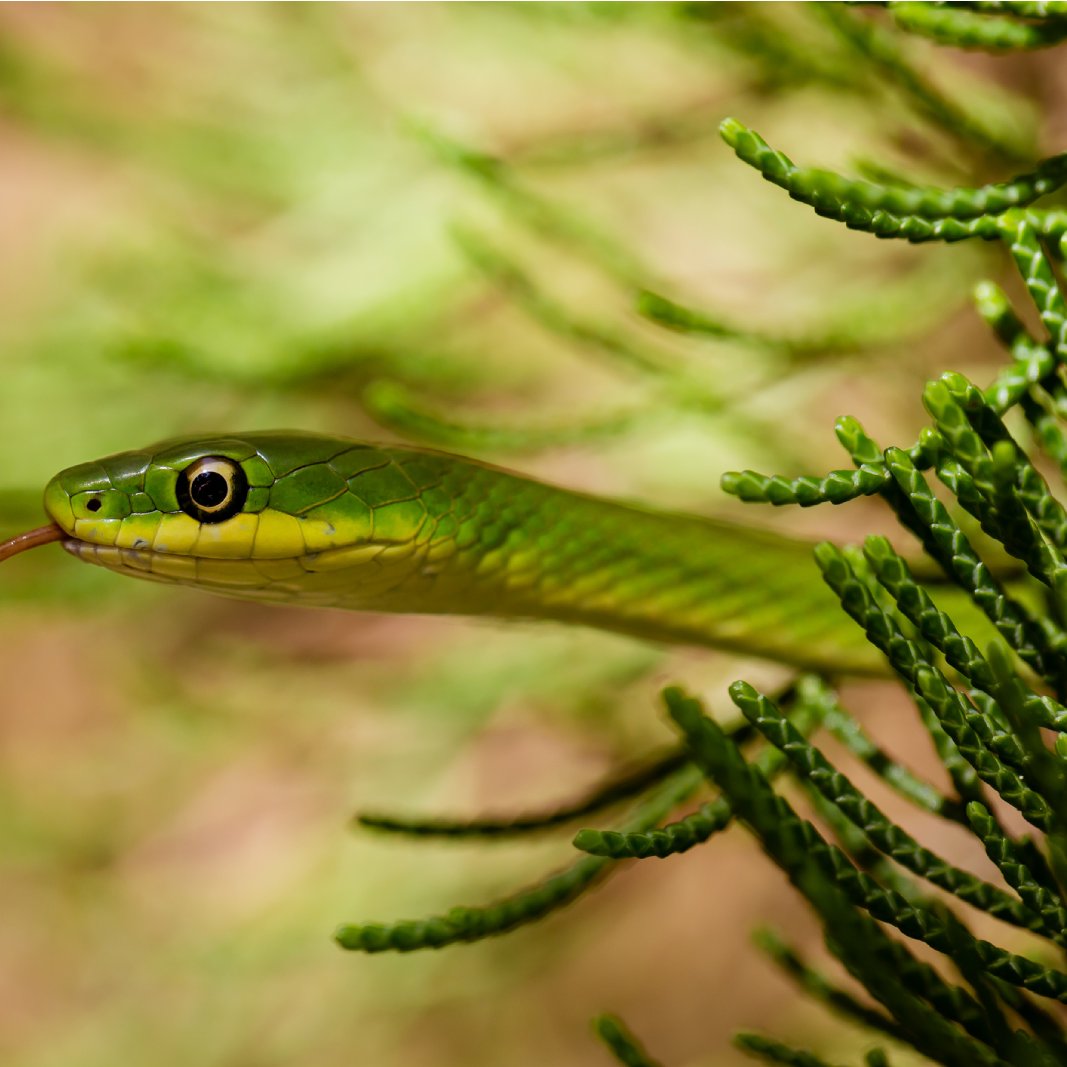
What Plants Do Snakes Hate: Using Snake Repelling Plants For Gardens
By Bonnie L. Grant
-
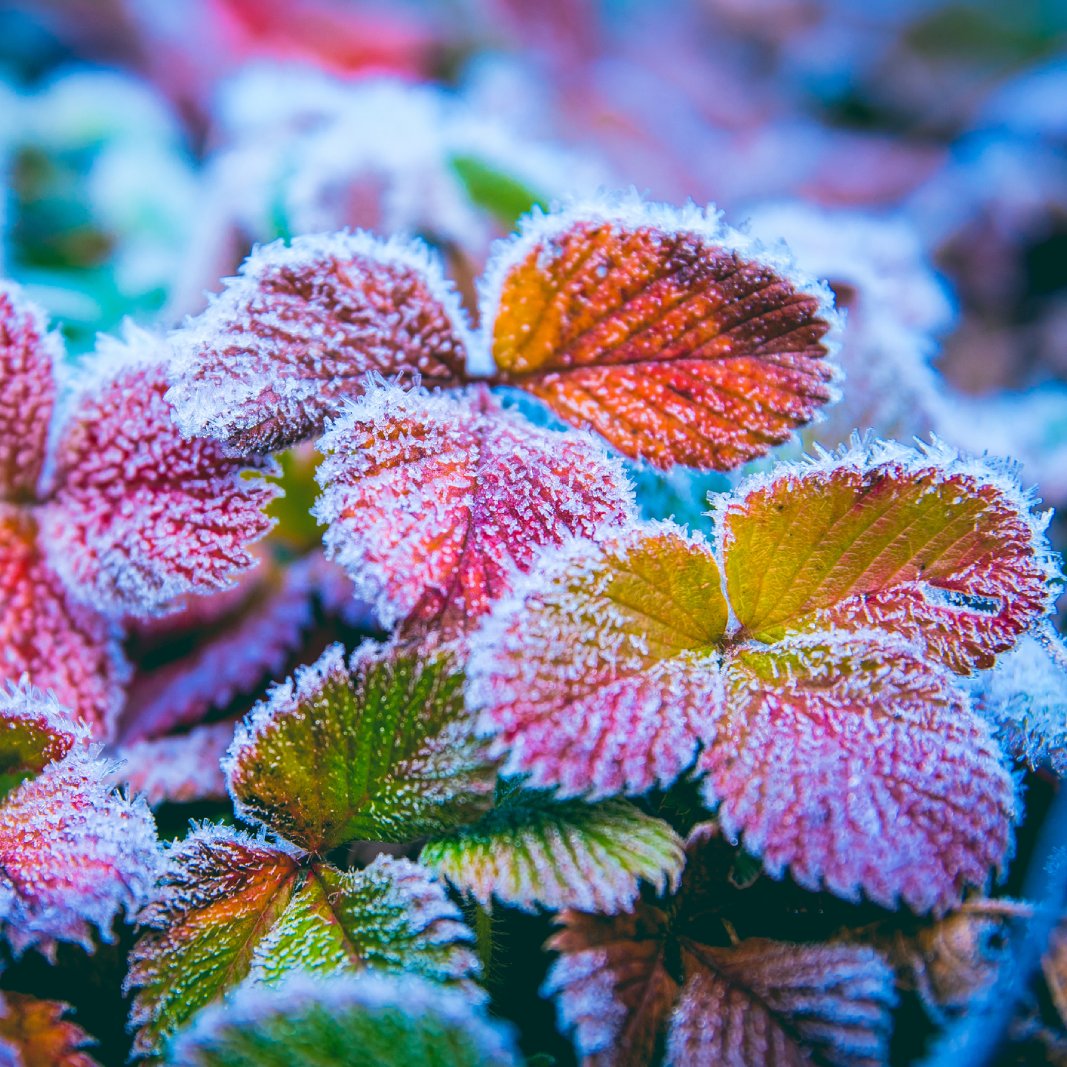
How To Protect Plants From A Freeze – Best Ways To Keep Plants Safe & Warm
The best laid plans of any gardener can get overturned by an unexpected cold snap. Here's some practical steps you can take to protect your plants from a freeze.
By Teo Spengler
-
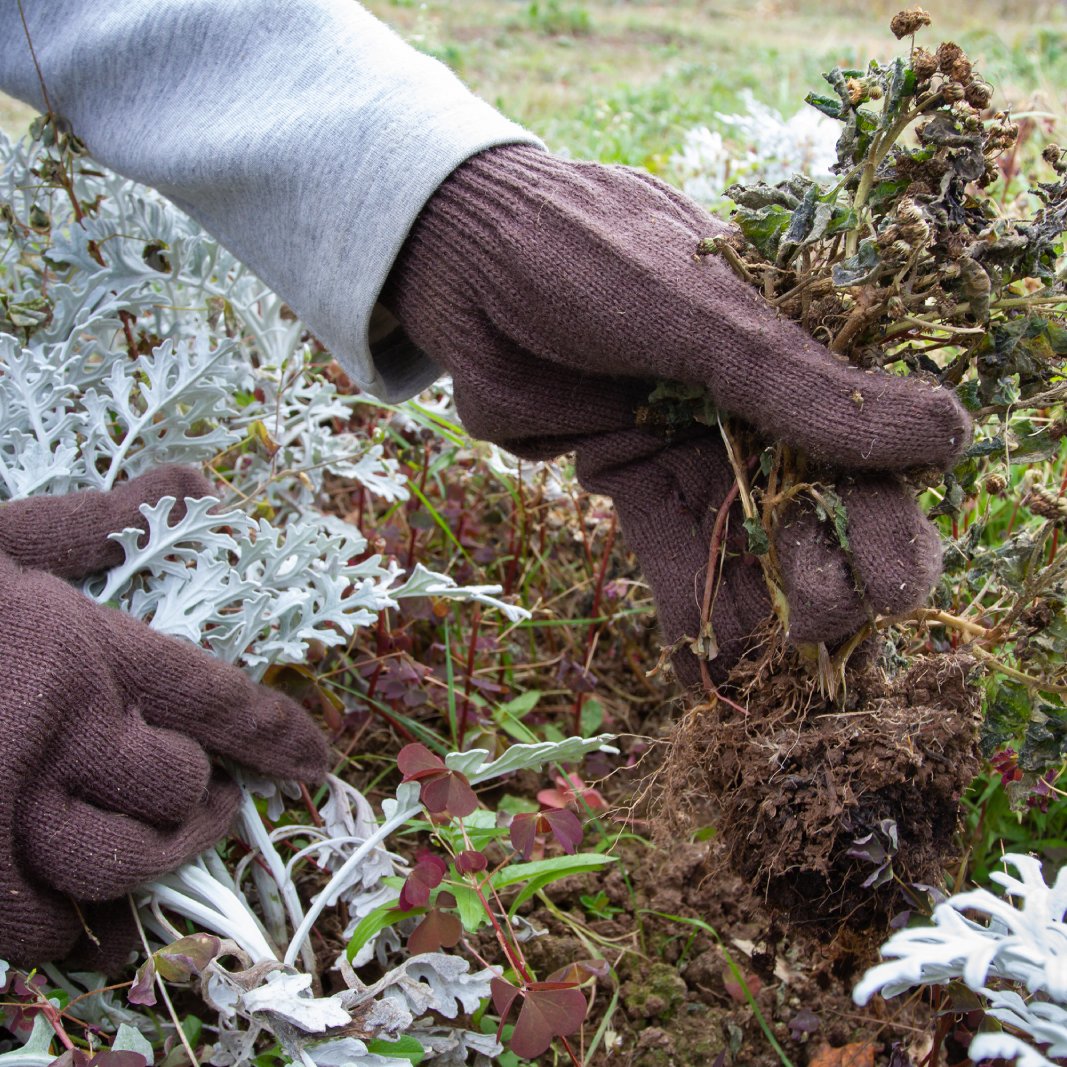
How To Kill Weeds In Fall To Prevent Them In Next Year’s Garden
Practicing fall weed control in the garden will help prevent the pesky invaders from cropping up next spring when they are vigorous and harder to deal with.
By Susan Albert
-
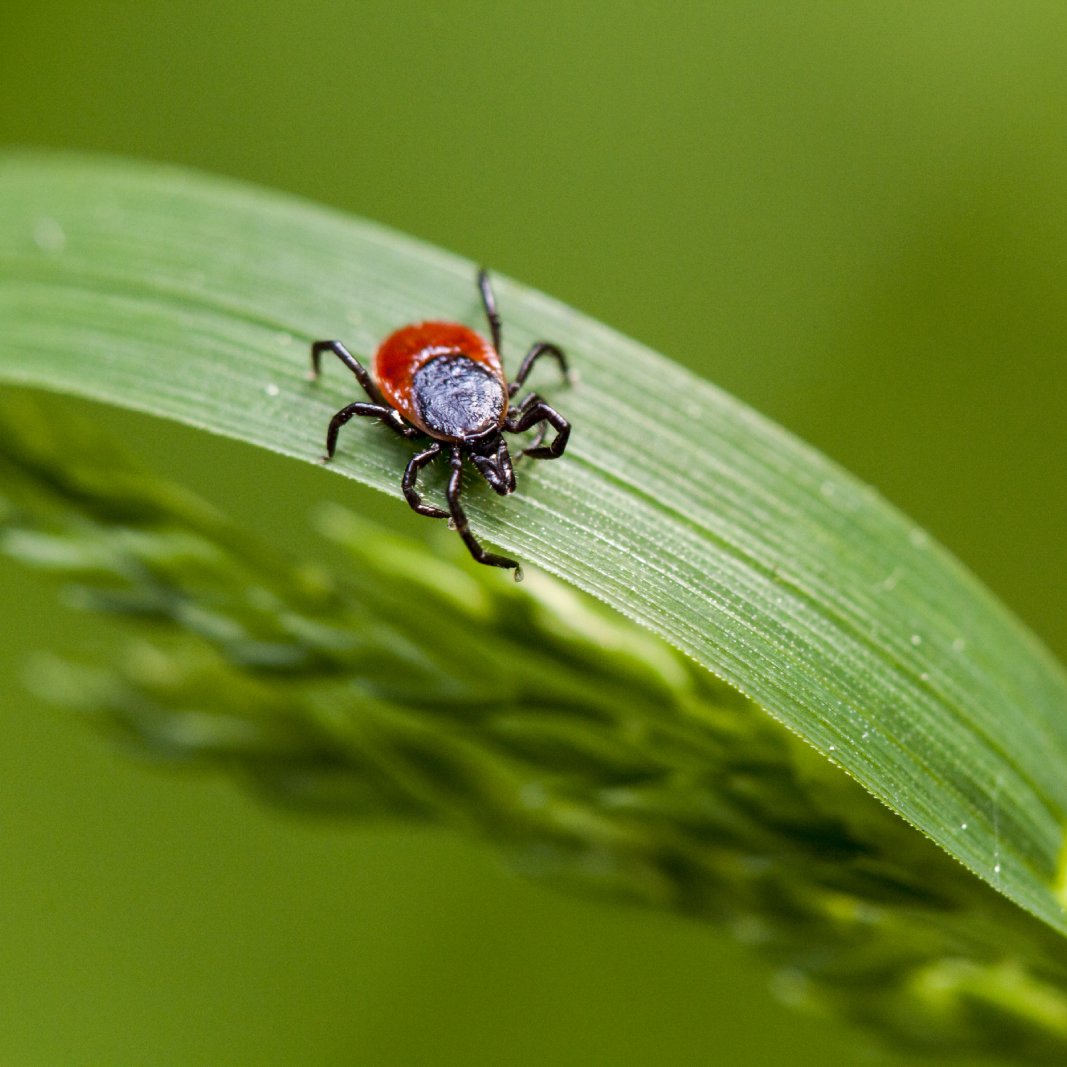
Climate Change And Pests: Do Warmer Winters Mean More Pests?
Warmer climates can result in an increase of some pests and decrease of others, which isn’t always a good thing. Here's how to protect your garden.
By Bonnie L. Grant
-
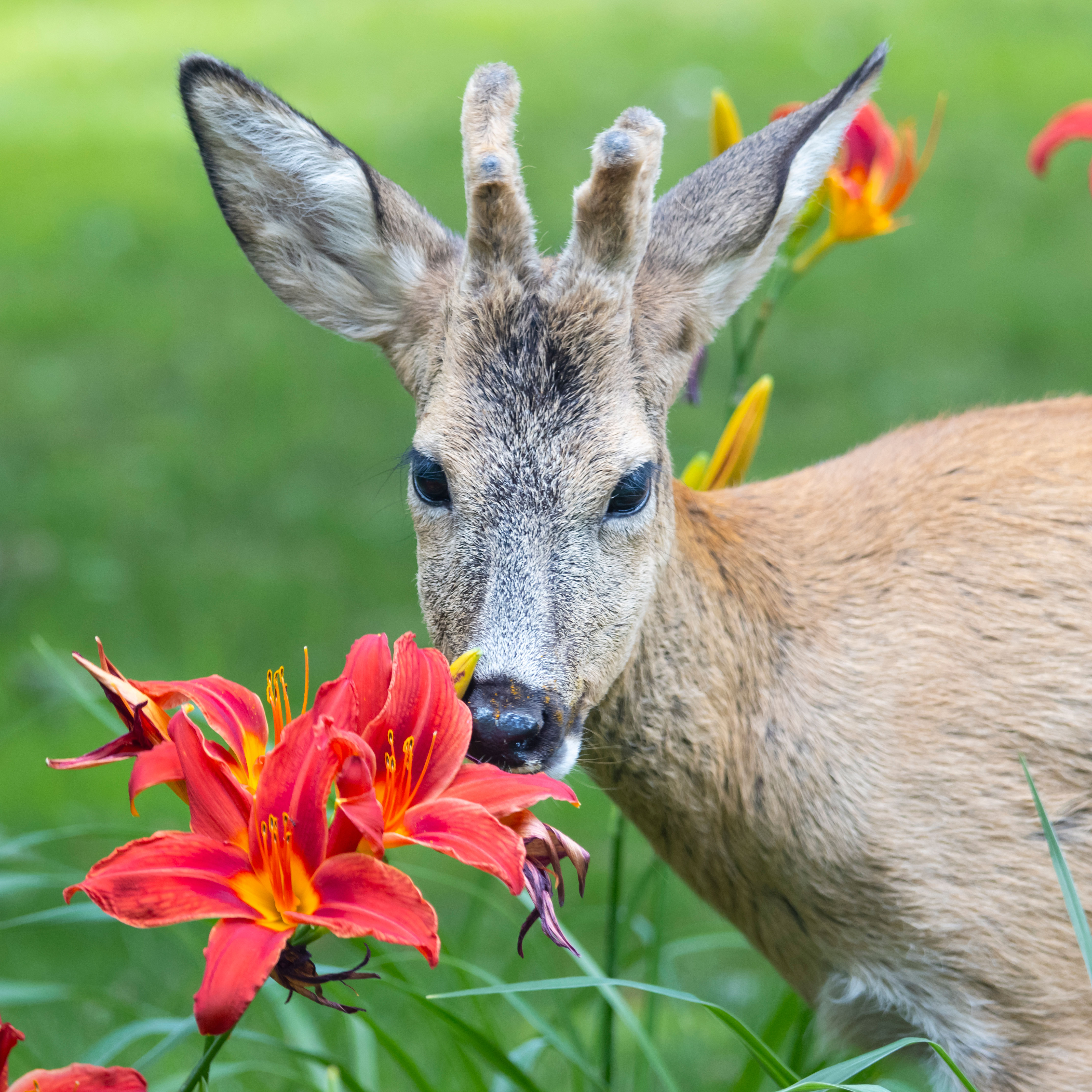
8 Deer-Resistant Perennials That Can Survive Even The Greediest Grazers
Worried about your gorgeous garden plants getting nibbled and chewed by four-legged feeders? Try these deer-resistant perennials to keep them at bay.
By Amy Grant
-
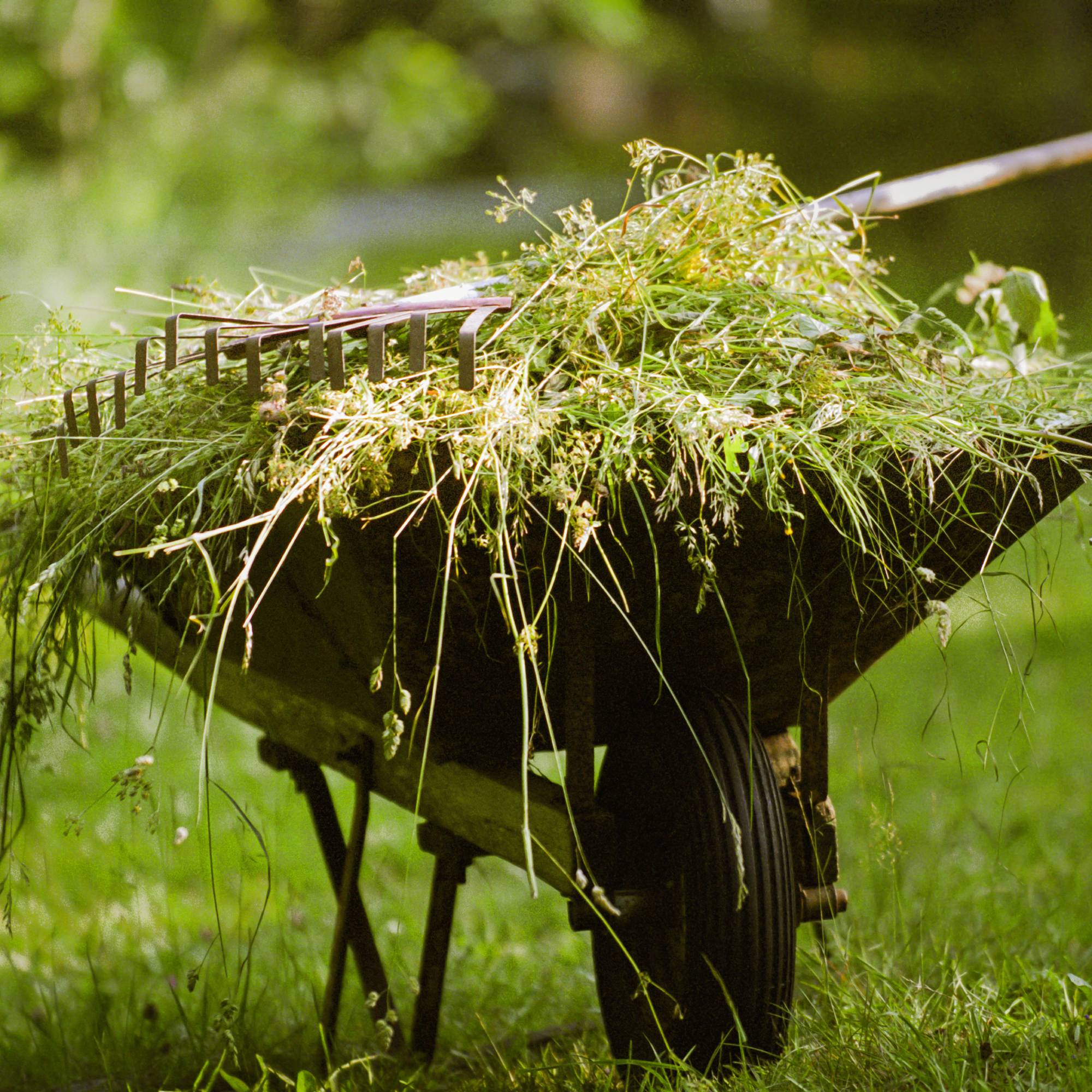
Complete Weeding Guide For Gardeners – How To Get Rid Of Unwanted Weeds
Learn effective methods of weed control.
By Teo Spengler
-
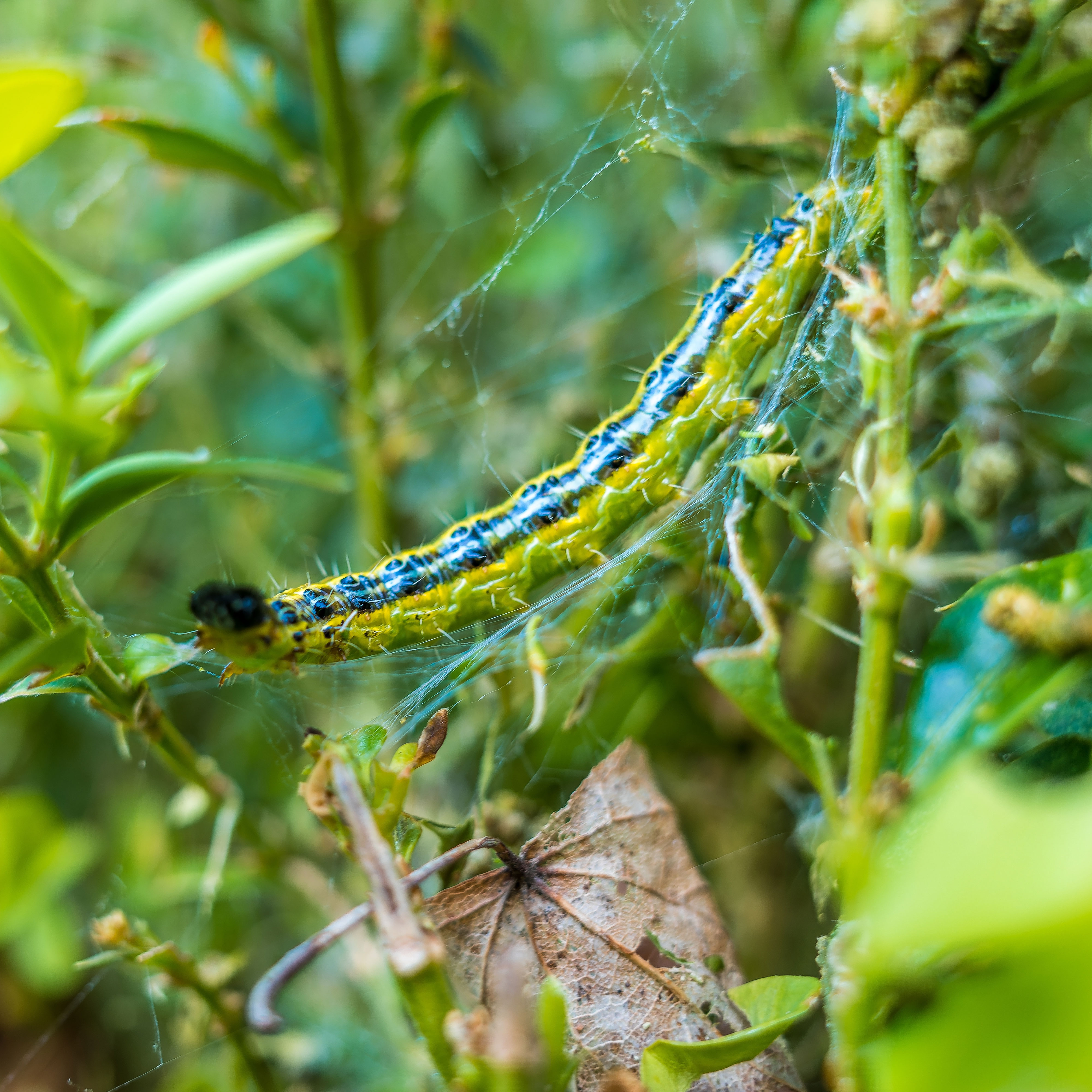
Do You Have Boxwood Leafminer? Identify and Remove This Boxwood Pest
The boxwood leafminer can do major damage to boxwood shrubs and can even prove fatal to plants. Find out how to maintain plant health for better plants.
By Mary Ellen Ellis
-
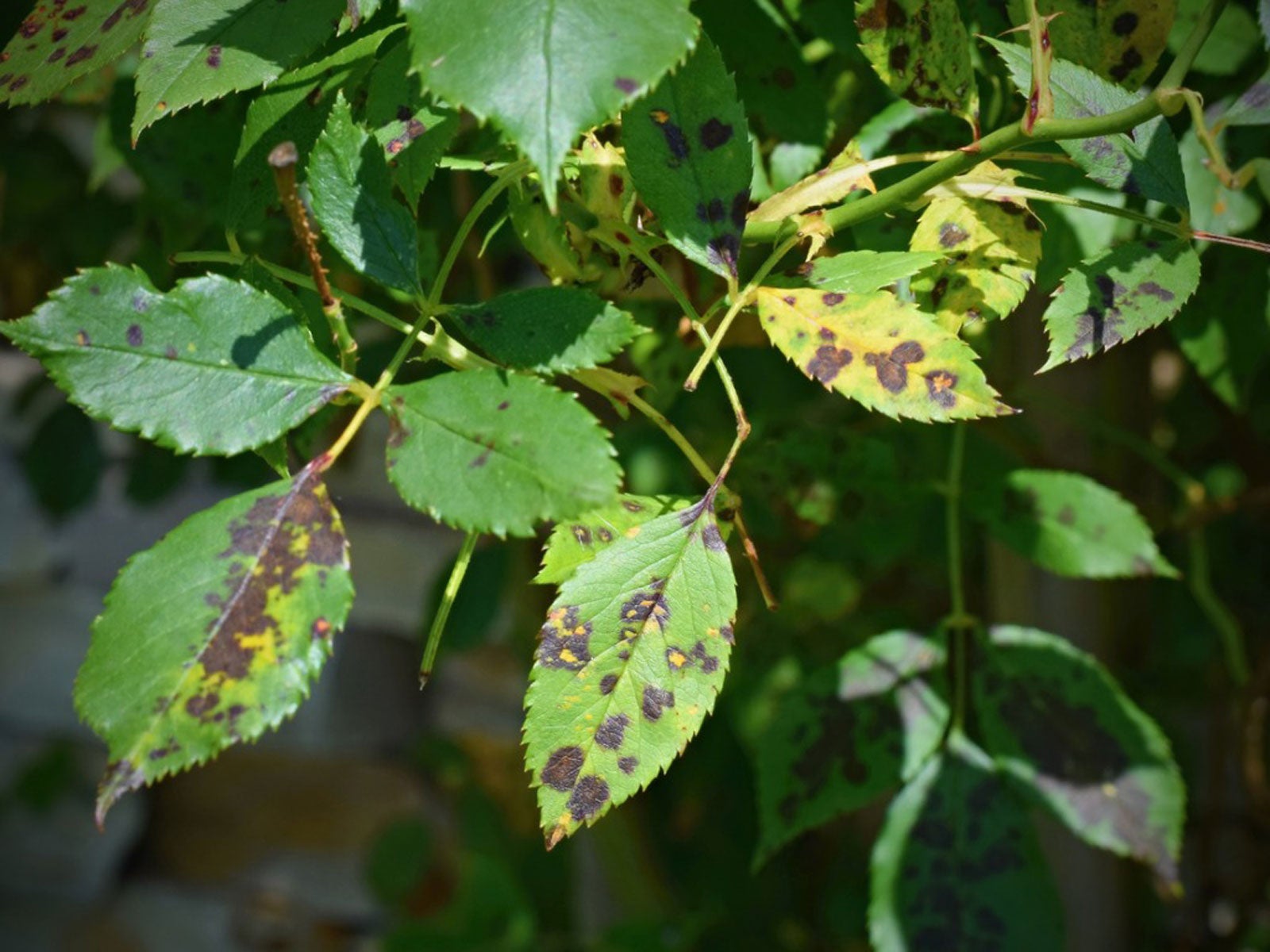
Leaf Spot Diseases, Their Causes & How To Fix Them
Are you worried about leaf spot disease on your plants? Relax. Leaf spots on plants rarely cause any serious damage and are fairly easy to manage.
By Jackie Rhoades
-
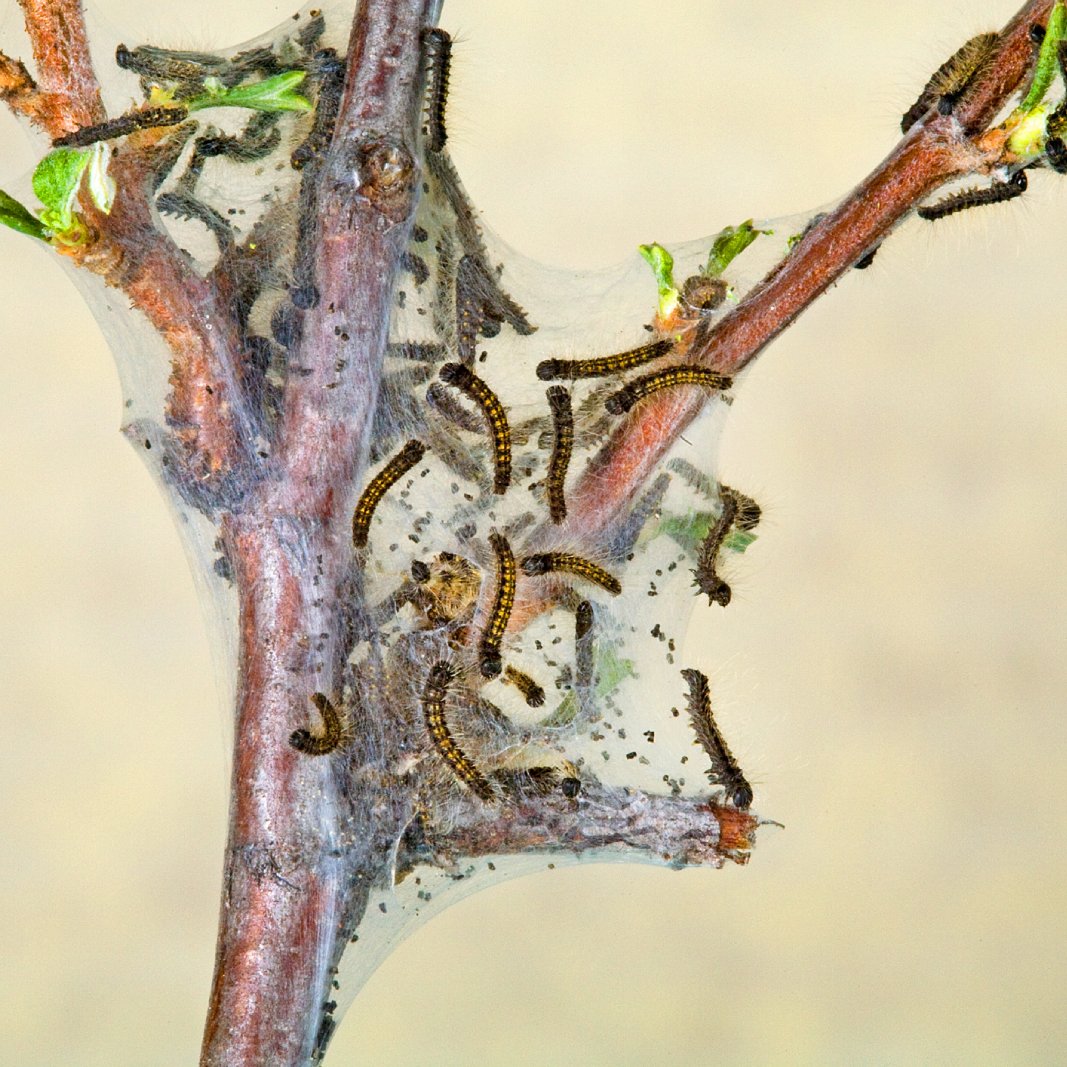
How To Identify And Control Western Tent Caterpillars
Western tent caterpillars are a devastating pest that ravage the west coast of the US. Here's how to stop them.
By Amy Grant
-
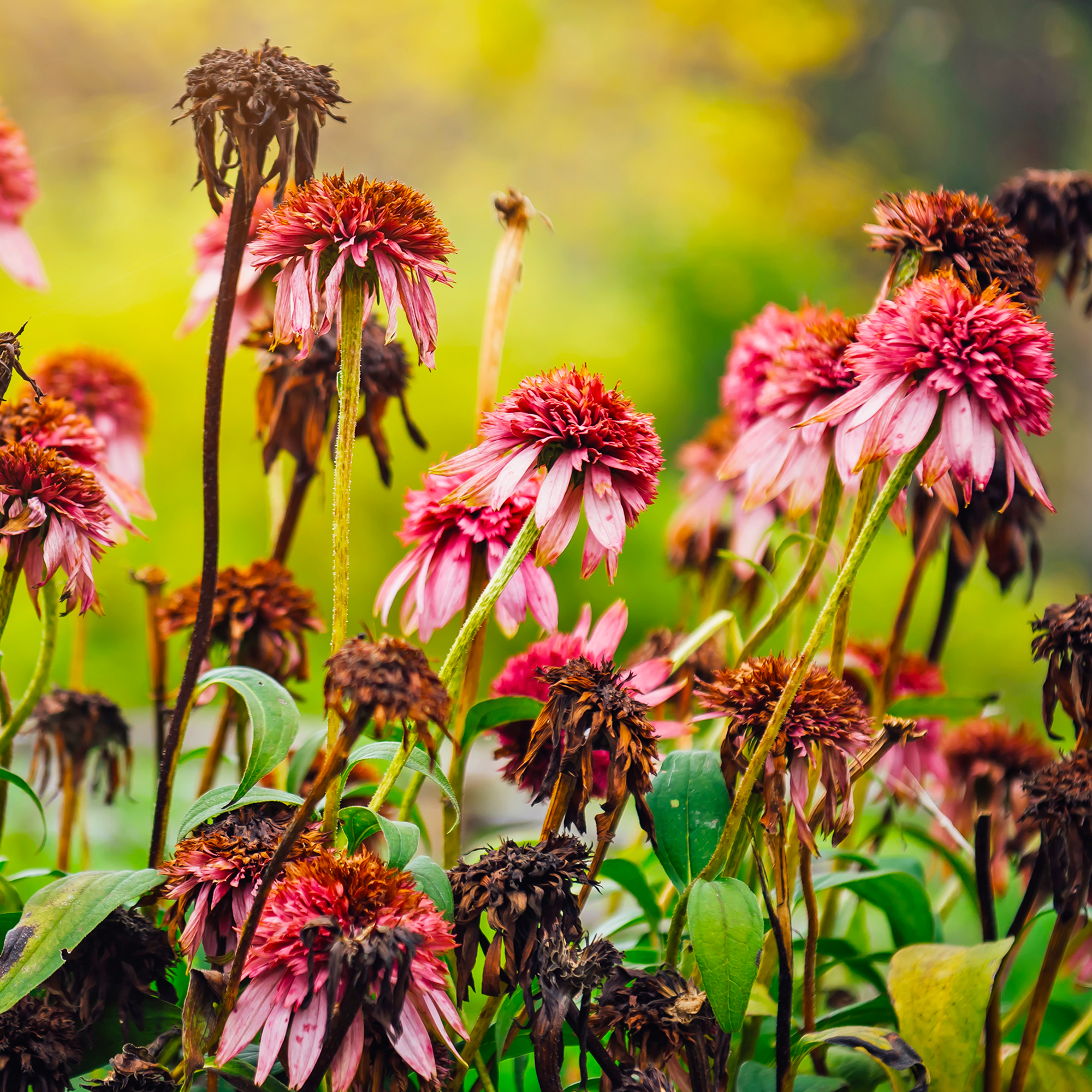
6 Remedies To Save Heat-Stressed Plants – Your Essential Summer Survival Guide
Ensure your plants remain vibrant and healthy throughout the hottest months of the year. These tips will help you to create a resilient garden that thrives in the face of rising temperatures.
By Melanie Griffiths
-

Spongy Moth: How To Identify, Prevent & Eliminate This Destructive Pest
Spongy moth was brought to the US as a potential source of silk, but is now considered a destructive pest that feeds on native trees.
By Bonnie L. Grant
